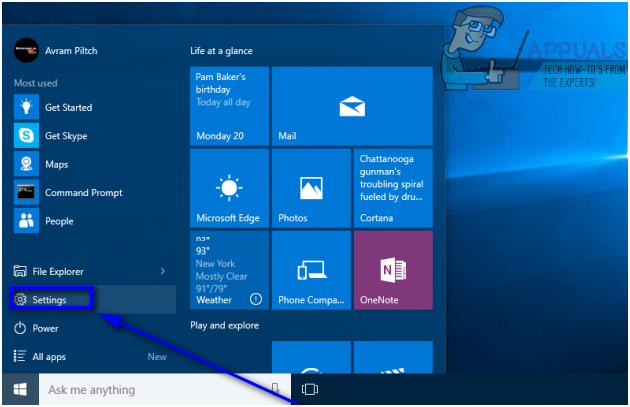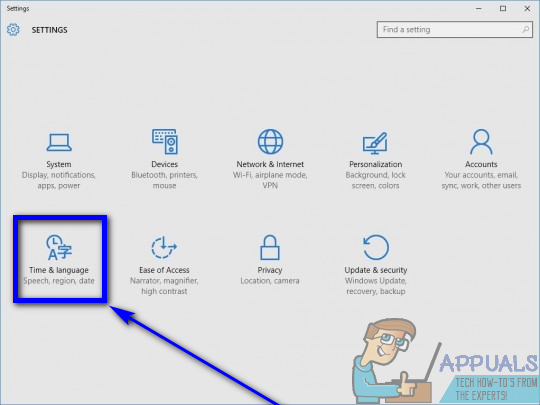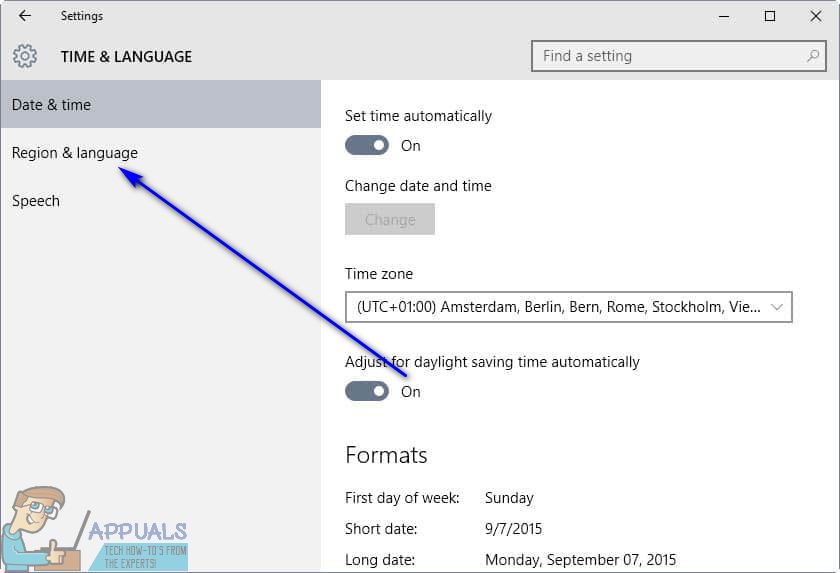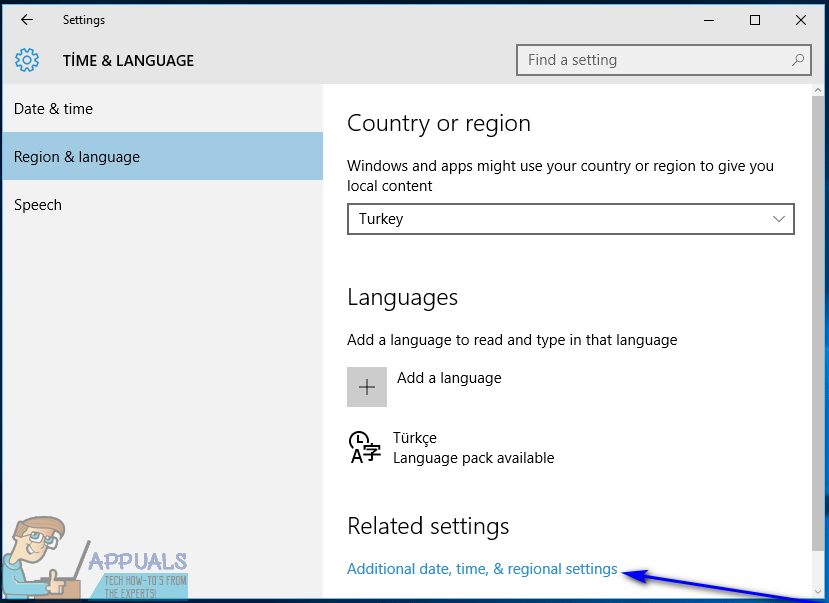How to Type Spanish Accents on Windows 10
The alphabet in the Spanish language is the same as that of the English language, with the addition of Spanish accented versions of the standard vowels and the letter N. In addition, there also exist counterparts of the standard question mark and exclamation mark (as well as a few other commonly used symbols) in the Spanish language – these are simply the standard question mark and exclamation mark turned upside down. Since these characters are almost never included on keyboards that are in the English language, it is not possible for Windows 10 users to type Spanish on their keyboards – at least not under normal circumstances.
It’s usually (usually being the operative word here) not possible for Windows 10 users to type characters with Spanish accents on their keyboards, but that does not mean it’s impossible for Windows 10 users to type characters with Spanish accents altogether. Most people, once in a while, get to a point where they need to type in the Spanish language on a computer, which is why they need to know how they can do so. Typing Spanish accents on Windows 10 is not only possible but is also no form of rocket science. In fact, there are quite a few different ways the average Windows 10 user can go about typing Spanish accents on their computer, and the following are some of the absolute most effective ones:
Option 1: Use Spanish Accents CapsLock
Spanish Accents CapsLock is an ingenious, extremely lightweight little program from the work desk of Andrew Lu designed to allow Windows users to type characters with Spanish accents without having to switch their keyboards (either physical or software-wise) or memorize a boatload of ASCII codes. Spanish Accents CapsLock (which can be downloaded by clicking here) simply runs in the background and, with the program running, users can type the Spanish accented counterparts of members of the English alphabet by simply holding down Caps Lock while typing the respective character.
For example, with Spanish Accepts CapsLock running, holding down Caps Lock and typing a results in á being typed, holding down Caps Lock and typing A (by pressing Shift and then a to type the letter as a capital) results in Á being typed, and holding down Caps Lock and typing ? results in ¿ being typed. You don’t need to install Spanish Accents CapsLock – simply download it and run it whenever you need to type Spanish accents on your computer. Keep in mind that Spanish Accents CapsLock will have to be running for you to be able to take advantage of what it has to offer.
In addition, to prevent accidental toggling of the Caps Lock while it is in use, Spanish Accents CapsLock makes it so that you have to press the Caps Lock key on your keyboard twice in rapid succession to toggle the Caps Lock on or off.
Option 2: Type characters with Spanish accents using their Alt codes
Every single Spanish accented character that can be typed on a Windows computer has its own specific Alt code. The Alt code for a Spanish accented character can be used to type its corresponding character in any text field on a Windows computer that supports ASCII characters. In addition, Alt codes for Spanish accented characters are the same throughout all the different versions of the Windows Operating System that exist, so the same codes that have worked on older versions of Windows also work on Windows 10.
To type Spanish accented characters using their Alt codes, all you need to do is press and hold the Alt key on your keyboard, and with it held, type the respective Alt code for the Spanish accented character you want to type using the number pad (this only works if you use your keyboard’s numeric keypad to type the code, but it’ll work regardless if you’re using a laptop computer). Make sure that your computer’s Num Lock is enabled before you go on and type the respective character’s Alt code on the numeric keypad. Here are the Alt codes for all of the Spanish accented characters you could possibly need to type:
á – 160 or 0225
é – 130 or 0233
í – 161 or 0237
ó – 162 or 0243
ú – 163 or 0250
Á – 0193
É – 0201
Í – 0205
Ó – 0211
Ú – 0218
ü – 129 or 0252
Ü – 154 or 0220
ñ – 164 or 0241
Ñ – 165 or 0209
¿ – 168 or 0191
¡ – 173 or 0161
½ – 171
¼ – 172
º – 167
Option 3: Use the United States – International keyboard layout for Windows
The United States – International keyboard layout has a ton of advantages over all of the other options you can use to type characters with Spanish accents on Windows 10. For starters, the US – International keyboard layout is a part of Windows, and it’s not only a part of your computer’s Operating System but is also completely free. In addition, replacing your current keyboard layout with the US – International keyboard layout doesn’t interfere with typing in the English language – with the US – International keyboard layout, you can simultaneously type in both the English language and in the Spanish language with Spanish accented characters.
The US – International keyboard layout on Windows computers is capable of typing characters with Spanish accents in any text fields that capable of Spanish accented character input and output. To switch to the US – International keyboard layout from your current keyboard layout on Windows 10, you need to:
- Open the Start Menu and click on Settings.

- Click on Time & language.

- In the left pane of the window, click on Region & language.

- In the right pane, locate and click on Additional date, time and regional settings.

- In the right pane, under Language, click on Change input methods.
- In the row that says English (United States), click on Options and then on Add an input method under Input method.
- Scroll down the list of available input methods until you locate United States – International. Once you see the United States – International option, click on it to select it. When you select the US – International keyboard layout, it will be added to the language bar in your computer’s system tray.
- Click on ENG in the language bar in your computer’s system tray and then press the Windows Logo key + the Space bar as many times as it takes to select the United States – International keyboard layout.
Once you have added the United States – International keyboard layout as an input method and have also selected it as your current input method, simply typing normal English characters (such as a) while holding down the right Alt key on your keyboard (yes, only the right Alt key is going to work for this) will result in their Spanish accented counterparts (such as á) to be typed instead of the normal characters. If you don’t hold down the right Alt key, however, the normal character will be typed – this is how the US – International keyboard layout doesn’t interfere with normal English typing.